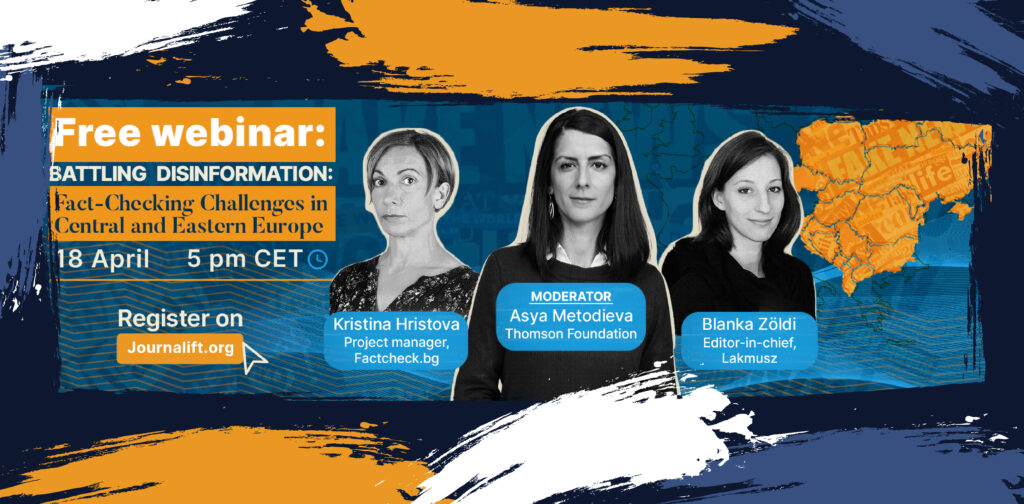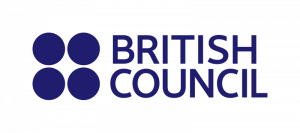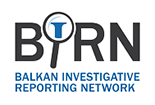During my work with smaller Western Balkans media, I have encountered first-hand (well, second-hand) survival issues. The people I communicated with were passion-driven, dragon-fighting, occasionally self-proclaimed Don Quixotes – but they were adamant in their pursuit to deliver the truth to the citizens they serve.
For me, that is the ideal of being a journalist.
Of course, the other side of the story concerns the trouble of earning money. The problems are numerous - lack of workforce, resources, expertise and suitable businesses that would promote and paid ads. Small markets, with less competition, sometimes make business owners and managers (potential advertisers) think that everybody knows about them - words travel fast, or people don’t have much choice, so they have to buy from them or use their services. This often means these businesses think that they don’t need to advertise.
So how does a small, local media convince local businesses that advertising is what they need? Prepare, create and practise your pitch sales or sales presentation. And then personalise. Here’s how.

Prepare – research
1. Reflect on what you have to offer
Think about who you are and who your audience is. A questions like - why does your audience follow you, read/listen/watch your news? What do you offer that is different from your competitors? This difference is what makes you - YOU.
Knowing what makes your media outlet unique is essential for your sales pitch, as it speaks of the way you report and what you report about. You can probably answer all of these questions by yourself. But, if you want to make sure you are doing it right, ask your colleagues, friends, audience, and your mom - why not? Ask people who are not your audience, what they like about other media, and what they don’t like about yours. You will learn a lot. I promise. That doesn’t mean you have to change, it means that you are different.
Think about yourself and your media as a bridge between your readers/listeners and your business partners/advertisers. You ought to research both. You probably know them already, but writing or talking to somebody about them will make you think about the way you could approach your future business partner/potential advertiser.
2. Research your audience
Most of your potential business partners are going to ask for data. They will want to know how many people follow your media, who they are, what they do on your website (if you have a website), how long they stay there, and how many returning visitors you have.
This is how that looks when you assemble the data:
If you have a website rely on Google Analytics. Use:
- number of users, new users, vs returning users,
- how many sessions and how many page views or how many pages per session – this shows if your website visitors stay there to read more
- users per country, city
- their demographics – age and gender
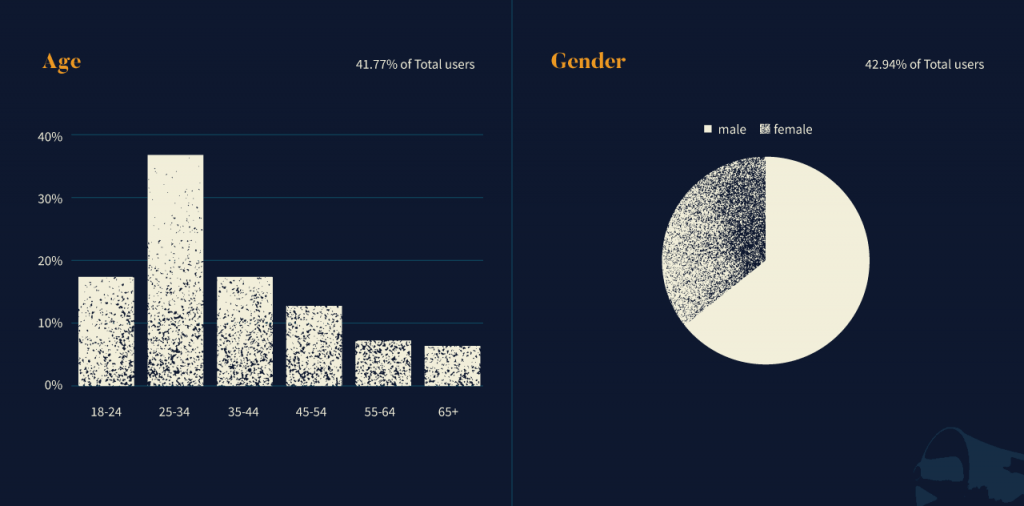
If you have a radio station or any other media outlet that cannot rely on Google Analytics, do a survey. Ask people what they think. You can ask them:
- whether they listen to the radio,
- which radio they listen to mostly,
- when they turn the radio on (in the morning, while they eat, drink coffee while driving etc),
- what kind of music they like,
- what kind of news they like,
- what news sources they follow,
- what they don't like,
- how annoying they find radio commercials,
- which commercials are the most annoying one, etc.
3. Understand the business people you talk to
Businesses can include a wide variety of people. To have a better understanding and higher conversion rates create personas. The process of developing a persona is similar to profiling in crime series – describe the personas the way FBI agents approach serial killers. Think about how they make decisions, and what makes them ‘click’. We have to think about who they are, and put ourselves in their shoes - how would they think about us, why would they not advertise, why wouldn’t they like your media, and most importantly what kind of potential can they see in you.
Here are two examples of potential personas:
- He is the founder of a local, growing company, middle age, but not yet experienced in managing the business, even though he has been running the company his entire life. He is a micromanager; he rarely trusts people and he doesn’t delegate properly. His employees are afraid of him as he can get quite tempered. But they also adore him as he is genuinely a good person, he helps them when it’s really needed even though their salaries are quite low. He likes to be thought of as a good person, a successful businessman and very knowledgeable in the business. He relies on his friends’ advice that he gets when they get out for a drink. That inspires him. Sometimes that’s the best way to approach him – through his friends or somebody who has this kind of influence. To persuade him to advertise in your media you have to show proof, ask him for a chance to show what advertising can bring and then deliver.
- She is a manager of a privately owned company. She is a decision-maker, and a workaholic, but she always needs to persuade the rest of the team and sometimes the founder too, that her decisions are good. She needs a lot of good arguments to be able to defend her decisions in front of the owner of her business, and all kinds of support to make her life easier. She delegates well but needs to establish trust. Provide good arguments for her. Think of how you can make her have trust in you.
You can have more than two different personas. However, your sales presentation should be focused on the specific needs of that particular persona, so start with a couple and add on later.

4. Research your competition
To be able to distinguish yourself from others, you have to know who those others are. You probably know them already but try to find out how much they charge for advertising, follow who their advertisers are, and see if that will give you an idea who can be yours. Try to define, non-subjectively, why they are better or worse than you. And write all of that down.
Create a sales presentation
You’ve “learnt everything” about yourself, your audience, identified your persona and your competition? Great, it’s time to put that into real use: Create a sales presentation or a pitch!
Your presentation is a representation of you (your media). It is a chance to show how good you are at what you are doing. But also, how passionate and trustworthy you are. It is a chance to show your principles and why your audience has faith in you. To make things easier, here is a template on what your presentation should have:
1. Sales proposal template
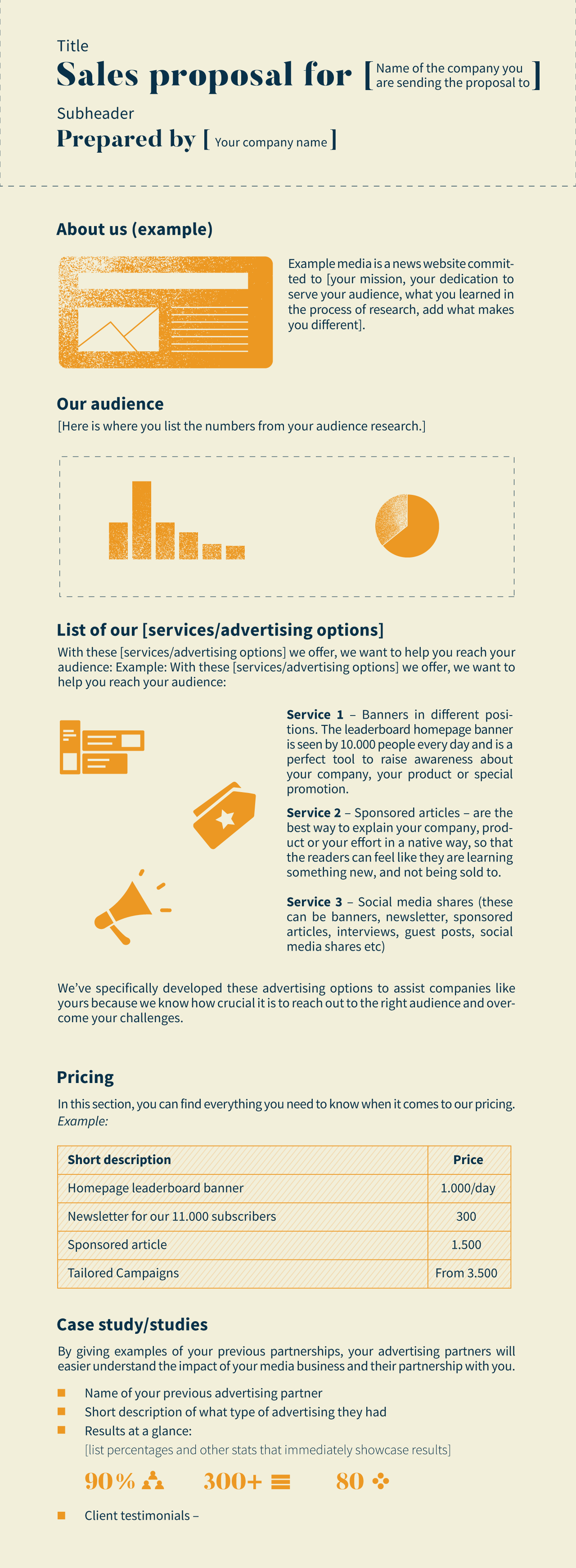
2. Personalise
Based on the research on your advertising prospects, personalise your message to every business. Organise meetings with the potential partner, and see what their needs are. Offer every and each one of them a tailored and personalised story. Your partners have to feel that they are the most important partner to you.
Conclusion
Just like people are different, the companies they represent are different. Because of that every pitch will be different. What you are preparing here is the first step. Later on, as you talk to them you gain experience and adjust the stories. Data you present here will take you only so far. You have to tell your story, show knowledge and understanding of the audiences. And always, always, personalise the approach.
Of course not all presentations and meetings will result in sales. I have used the word sales repeatedly, however, the more proper word would be partnership. Searching for, meeting and conversing with potential clients will be reaching milestones. But you’ll learn the most from those partnerships that come to life.

















